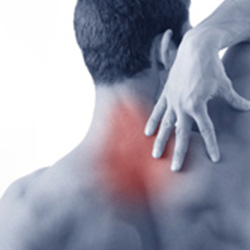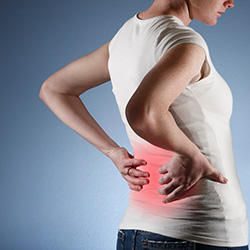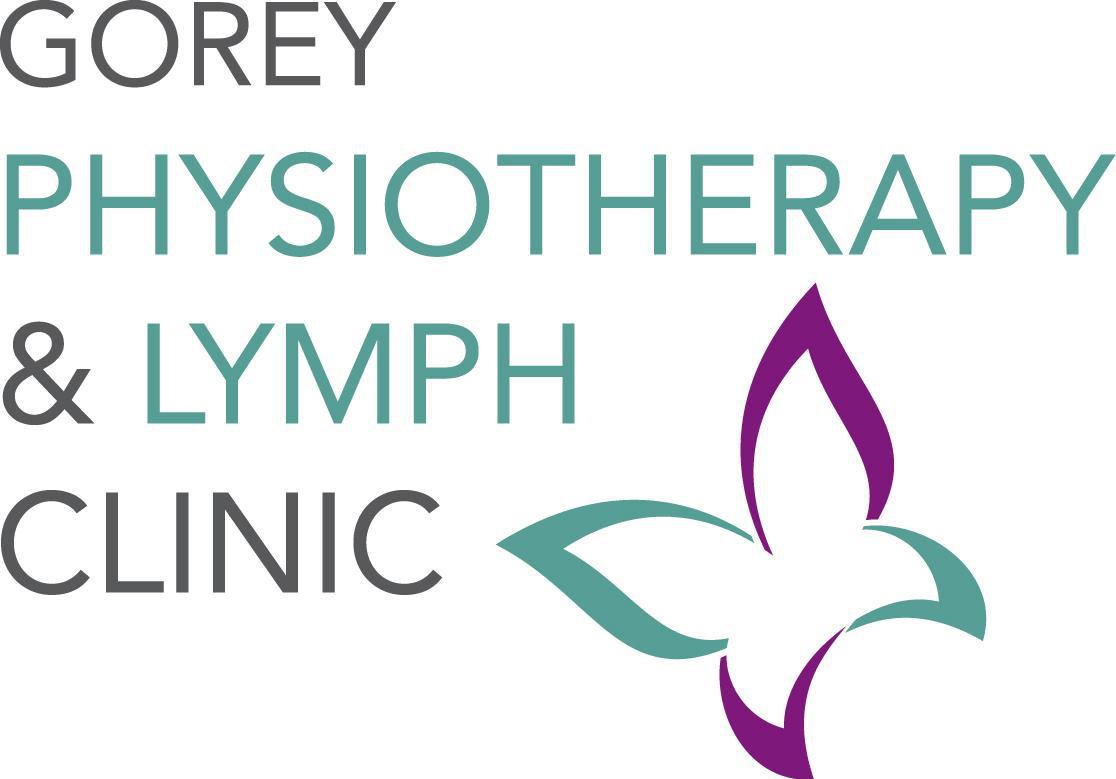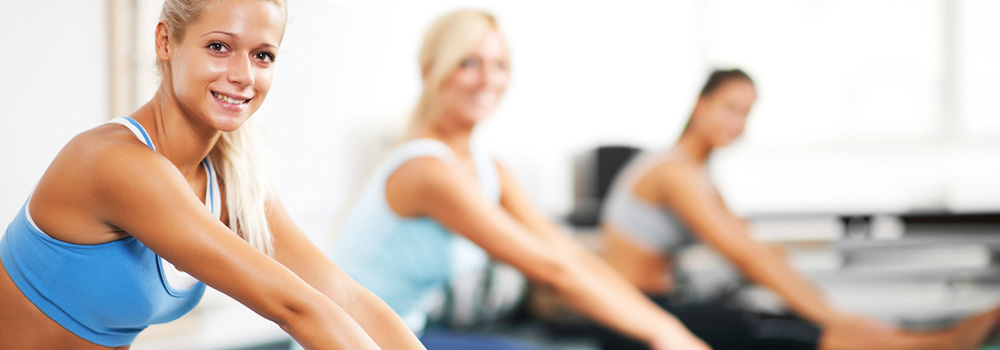Services in Gorey, Wexford
- Combined Decongestive Therapy
- Manual Lymph Drainage (MLD)
- Western Acupuncture/Dry Needling
- Manual therapy
- Exercise Rehabilitation / Pilates
- Biomechanical Assessment/ Custom Made Orthotics
- Sports Massage
- Taping
- Education & Advice
- Breast Cancer Rehabilitation
- Oncology Scar Therapy
Combined Decongestive Therapy (CDT)
Combined Decongestive Therapy is the combination of Manual Lymph Drainage (MLD), skincare, exercises and compressive bandaging which is used for both primary and secondary lymphedema.
Skills will be taught to help you to manage the long-term condition yourself. The treatment aims to restore limb size and function and reduce swelling by the build-up of lymph.
An assessment is important for ascertaining your suitability for this intensive treatment. The treatment plan will include:
- ✔ Written request for medical consensus prior to treatment
- ✔ Photographs and measurements taken before and after the treatment
- ✔ An intensive period of treatment based on individual needs
- ✔ A progress report post treatment for referring GP and/or consultation
- ✔ Referral for compression garments following initial intensive treatment.
The total costs will be discussed at the initial assessment where the therapist will determine the number of sessions and bandages required to complete the intensive treatment.
Manual Lymph Drainage (MLD)
MLD is a specialised therapy used to improve the function and drainage of the lymphatic system, enhancing the overall strength of the immune system. The gentle touch of this technique has a pain relieving and relaxation effect on the body.
MLD feels like a very gentle massage but don’t be deceived! These are very specific movements of the skin aimed at stimulating the contractions of the lymphatic vessels allowing for removal of a greater amount of metabolic waste products, excess fluid and other valuable components from the tissues.
MLD is particularly good for:
- Traumatic bruising and swelling
- Whiplash
- Post-operative swelling and bruising
- Painful joints and muscles
- Oedema in arthritis
- Sinusitis
- Acne
- Roscea
- Stress
- Cellulite
- Pregnancy related oedema
- Relieves constipation and aids digestion
- Improved quality of sleep
- Promotes healing of wounds and burns
- Can improve the appearance of new and old scars
- Post cosmetic surgery including:
- Abdominoplasty
- Liposuction
- Reduction mammoplasty
- Gynecosmastia reduction
MLD calms the sympathetic nervous system which is essential in treating stress related illnesses and accelerating the healing process.
Western Acupuncture/Dry Needling
Acupuncture is the use of fine needles at specific points on the body surface to restore and maintain health. It is part of a system of medicine that has been practiced in China for several thousand years but only came to the Western world in the 1950s. There is a multitude of research conducted on the effectiveness of acupuncture on pain. The mechanisms of how acupuncture works are now largely understood, and it is recognised by healthcare practitioners as an effective treatment for chronic pain.
Dry needling is the use of an acupuncture needle which is painlessly inserted into a ‘knot’ (myofascial trigger point) in a muscle related to your pain and dysfunction. A ‘twitch’ response and referral pattern is elicited from the muscle. This is very effective for tight overactive muscles.
Acupuncture and dry needling can be used separately or simultaneously. Western acupuncture is mainly used for pain relief, from headaches to low back pain.

Manual therapy
Manual therapy is a collection of hands on techniques in which movements are applied to move joints and soft tissues to reduce pain and restore normal mobility to the joints and soft tissues.
Techniques which are included under this heading are:
Maitland mobilisations: a collection of mobilisations and manipulations which are at the core of physiotherapy training. This involves the examination, assessment, and treatment of neuromusculoskeletal disorders, often using very small movements to achieve pain relief and increased range of movement.
Spinal manipulation: Neck and back treatment techniques using the application of a force to the spinal joints.
Orthopaedic/musculoskeletal medicine techniques: based on the work of James Cyriax. This includes the diagnosis and treatment of soft tissues around the body to lesions of ligaments, tendons, muscles and bursa, as well as lesions of the cervical, thoracic and lumbar spine.
Mulligan mobilisations: developed by Brian Mulligan these techniques use painless manual repositioning techniques to restore function and relieve pain.
Myofascial release is a hands-on technique which involves applying pressure to myofascial connective tissue to reduce pain and improve movement.
Exercise Rehabilitation / Pilates
Home exercises are tailored specifically for each individual and are monitored at each treatment. They are designed especially for you to help your posture, improve the mobility of your spine and joints, and stabilise and strengthen the muscles that support your bones. They are very important to encourage a full recovery and prevent relapses, thus reducing the amount of physiotherapy you may need.
Pilates are very specific mind-body exercises which help develop a strong core – flat abdominals with a strong back and gluteals. These exercises help to create an evenly conditioned body and prevent sports injuries. Pilates teaches your body efficient patterns of motion. With Pilates you can exercise in a safe and challenged manner. One to one tuition is available.
The benefits of Pilates include:
- ✔ Relief from stress and back pain
- ✔ Better posture
- ✔ Injury prevention
- ✔ Heightened mind-body awareness
- ✔ Enhanced athletic performance
- ✔ Increased self-confidence.
- ✔ Effective post-rehabilitation
- ✔ Core strength and stability
- ✔ Improved balance and co-ordination
- ✔ Longer, leaner muscles
Biomechanical Assessment/ Custom Made Orthotics
A biomechanical assessment involves an evaluation of the alignment of your feet, legs and body position. It also involves locating any tight or weak muscles which may be affecting how you move. The assessment allows the physiotherapist to prescribe the most cost effective insole or orthotic necessary to improve the way you walk and allows you to walk in a neutral position.
The cost of the insole is driven by how much correction your feet need. The simpler devices are the most commonly prescribed. There are several types of insoles:
A Casted Orthotic is the most supportive insole which is custom made for you by taking a cast of your feet. These, with the specific corrections required, are then sent off to a manufacturer where the orthotics are made.
Pre-cast orthotics are insoles made using standard sizes to best suit your foot’s arch. Your arch profile will be matched to the nearest standard arch shape along with specific wedging needed to correct your feet.
Prescription insoles are soft devices using a basic measurement of your foot position which are sent off with your specific needs to make this insole for you.
Temporary insoles are the most basic insole using basic measurements and adding appropriate wedges to make a soft insole specific to you.

Taping
Taping is used to support and facilitate muscles in an injured area and restrict movement. It can be used for short periods.
Kinesiology tape is a specific type of taping used to give dynamic support, reduce pain, reduce inflammation and lymphedema. It also helps you return to sport after injury quicker. In contrast to traditional taping it can be kept on for up to one week.
Education & Advice
Your physiotherapist will give you a better understanding of how and why your injury has occurred and therefore help prevent recurrence of the same and similar problems. Suitable exercises (see above), advice on ergonomic changes and/or other self-help strategies will be discussed with you.
Breast Cancer Rehabilitation
Pre-surgery
Your physiotherapy can discuss with you a pre and post-surgery exercise plan. She will also discuss possible complications post surgery and prevention strategies available to you.
Cording (Axillary Web Syndrome)
Cording can occur after Axillary Node Clearance which is the removal of lymph nodes. This may restrict your shoulder movement and cause pain. Your physiotherapist will be able to assess for this and treat with gentle manual therapy techniques.
Lymphoedema Screening
Your physiotherapist will measure both arms for early detection of lymphoedema which will help prevent further development. She will also discuss prevention of lymphoedema.
Lymphoedema Treatment
If you have been diagnosed with lymphoedema, your physiotherapist will discuss with you Combined Decongestive Therapy which consists of an intensive programme of Manual Lymphatic Drainage, skin care, exercises and compression.
Compression
Your physiotherapist will measure and fit you for an appropriate garment to provide compression.
Exercises
Your exercise plan will be tailor-made to suit your specific needs. Exercises will help prevent/manage lymphoedema and increase range of motion at the shoulder. Your physiotherapist will also discuss with you the benefits of exercise for people with cancer.
To find out more about our services or to book an appointment please call 053 9480 861 or email us at rachelrichardsonmiscp@yahoo.ie
Areas Covered:
- ✔ Gorey
- ✔ Wexford
- ✔ Arklow
- ✔ Ballycanew
- ✔ Courtown
- ✔ Ballygarrett
- ✔ Blackwater
- ✔ Kilanerin
- ✔ Monamolin
- ✔ Ferns
- ✔ Enniscorthy
- ✔ Bunclody
- ✔ Riverchapel


Discounts
School children/OAP discount €45. A club discount rate (€45 per session) applies to players from clubs who are registered with the clinic. Physiotherapy fee is €55. Manual Lymphatic Drainage is €75.



